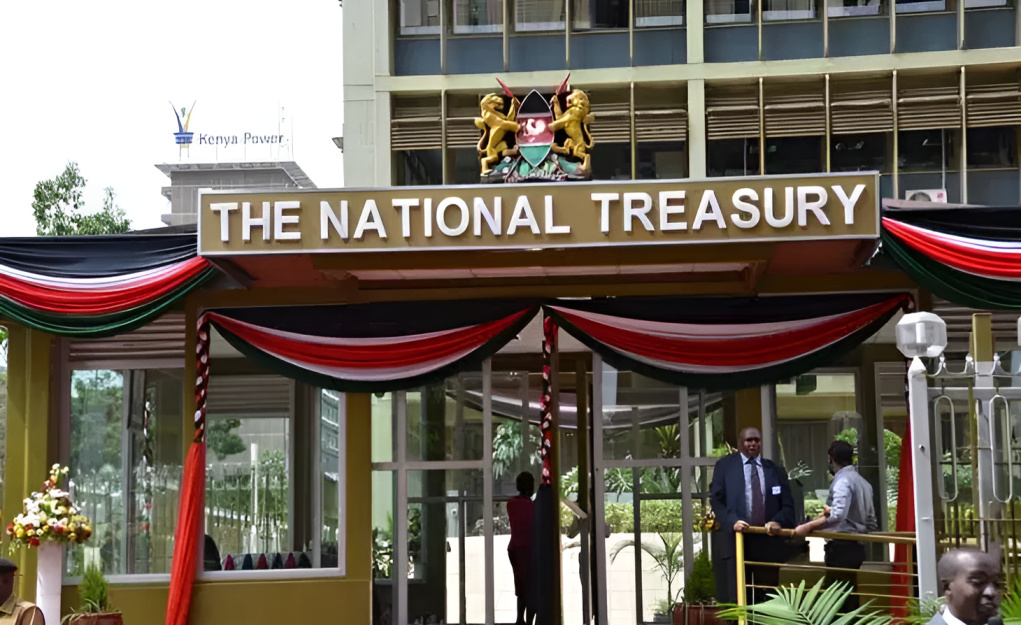Kenya’s debt hits Sh11.35t on domestic borrowing

Kenya’s public debt is now equivalent to 70% of the country’s gross domestic product.
Kenya’s public debt has surged to a record Sh11.36 trillion, driven largely by a sharp increase in domestic borrowing, according to new Treasury data.
The latest figures show the government borrowed nearly Sh1 trillion from local sources such as banks, insurance firms and pension schemes, reversing its earlier pledge to rely more on cheaper loans from institutions like the World Bank.
This shift has raised concerns over rising interest obligations and the potential crowding out of private sector borrowing.
"The total public and publicly guaranteed debt stock as at March 31, 2025, amounted to Sh11.36 trillion, an increase of Sh966.3 billion from Sh10.39 trillion in March 2024," the Treasury says in its latest economic and budget review.
"The increase is mainly attributed to an increase in domestic debt."
The rise in local borrowing has pushed domestic debt up by 17% over the past year, from Sh5.23 trillion to Sh6.12 trillion.
In comparison, external debt recorded minimal growth of just 1.35%, rising from Sh5.16 trillion to Sh5.23 trillion.
The latest spike marks the second time Kenya’s debt has crossed the Sh11 trillion mark.
The first was in December 2023, when the weakening of the shilling raised the value of external loans.
A stronger shilling in early 2024 helped reduce external debt by Sh920 billion, temporarily bringing the total down to Sh10.3 trillion. However, the renewed appetite for domestic debt has again pushed it past the milestone.
Debt owed to local commercial banks through government bonds and Treasury bills rose by 18.7% in a year, climbing to Sh2.6 trillion from Sh2.19 trillion.
At the same time, holdings by non-bank entities and non-residents increased to Sh3.33 trillion from Sh2.84 trillion.
Multilateral disbursements from the IMF and World Bank contributed to the slight increase in external debt. But a stronger shilling helped keep the external component in check.
The Central Bank of Kenya noted that a one-unit gain against the dollar trims the country’s external debt by about Sh40 billion.
Despite earlier high interest rates, some bonds hit 18.4%, the Treasury now reports a decline in rates across various tenures.
The 91-day Treasury bill rate fell to 8.9 % in March 2025 from 16.7% a year earlier, while the 182-day and 364-day rates declined to 9.1% and 10.5%, respectively.
This drop in rates has encouraged investors to snap up government securities in anticipation of further declines, enabling the government to surpass borrowing targets.
In the nine months to March, net domestic financing reached Sh628 billion against a target of Sh450.4 billion.
However, the reliance on local borrowing comes with risks.
Analysts warn that increased government demand for funds could crowd out private businesses, especially at a time when bank lending to enterprises remains below optimal levels needed for economic growth.
Banks are often more inclined to lend to the State in uncertain economic times to avoid default risks.
At the current level, Kenya’s public debt is now equivalent to 70% of the country’s gross domestic product.
